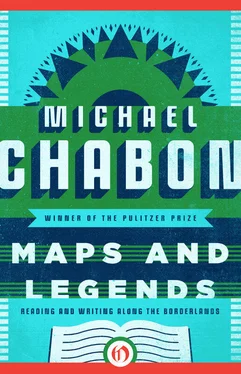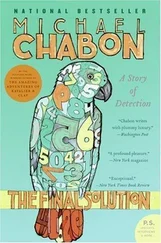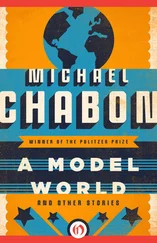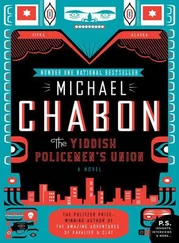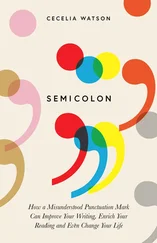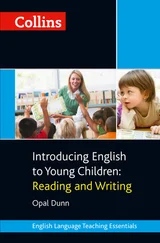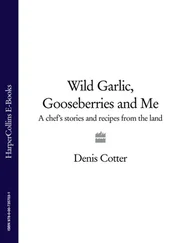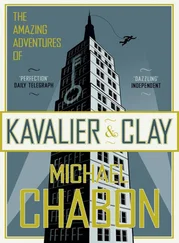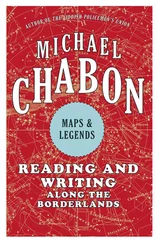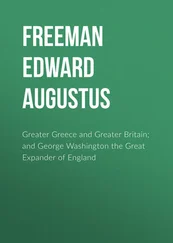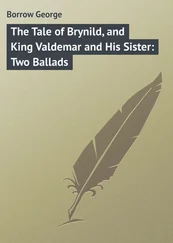IN 1969, WHEN I was six years old, my parents took out a Veterans Administration loan and bought a three-bedroom house in an imaginary city called Columbia. As a pediatrician for the Public Health Service, my Brooklyn-born father was a veteran, of all things, of the United States Coast Guard (which had stationed him, no doubt wisely, in the coast-free state of Arizona). Ours was the first V.A. housing loan to be granted in Columbia, Maryland, and the event made the front page of the local paper.
Columbia is now the second-largest city in the state, I am told, but at the time we moved there, it was home to no more than a few thousand people—“pioneers,” they called themselves. They were colonists of a dream, immigrants to a new land that as yet existed mostly on paper. More than four-fifths of Columbia’s projected houses, office buildings, parks, pools, bike paths, elementary schools, and shopping centers had yet to be built; and the millennium of racial and economic harmony that Columbia promised to birth in its theoretical streets and cul-de-sacs was as far from parturition as ever. In the end, for all its promise and ambition, Columbia may have changed nothing but one little kid. But my parents’ decision to move us into the midst of that unfinished, ongoing act of imagination set the course of my life.
In the mid-1960s, a wealthy, stubborn, and pragmatic dreamer named James Rouse had, by stealth and acuity, acquired an enormous chunk of Maryland tobacco country lying along either side of the old Columbia Pike, between Baltimore and Washington. Rouse, often referred to as the inventor of the shopping mall (though there are competing claims to this distinction), was a man with grand ideas about the pernicious nature of the suburb, and about the enduring importance of cities in human life. The City was a discredited idea in those days, burnt and poisoned and abandoned to rot, but James Rouse felt strongly that it could be reimagined, rebuilt, renewed.
He assembled a team of bright men — one of countless such teams of bright men in narrow neckties and short haircuts whose terrible optimism made the sixties such an admirable and disappointing time. These men, rolling up their sleeves, called themselves the Working Group. Like their patron, they were filled with sound and visionary ideas about zoning, green space, accessibility, and the public life of cities, as well as with enlightened notions of race, class, education, architecture, capitalism, and transit. Fate, fortune, and the headstrong inspiration of a theorist with very deep pockets had given them the opportunity to experiment on an enormous scale, and they seized it. Within a relatively short time, they had come up with the Plan.
My earliest memories of Columbia are of the Plan. It was not merely the founding document and chief selling point of the Columbia Experiment. It was also the new town’s most treasured possession, the tangible evidence of the goodness of Mr. Rouse’s inspiration. The Plan, in both particulars and spirit, was on display for all to see, in a little building (one of Frank Gehry’s first built works) called the Exhibit Center, down at the shore of the man-made lake that lay at the heart of both plan and town. This lake — it was called, with the studied, historicist whimsy that contributed so much authentic utopian atmosphere to the town, Lake Kittamaqundi — was tidy and still, rippled by the shining wakes of ducks. Beside it stood a modest high-rise, white and modernistic in good late-sixties Star Trek style, called the American City Building. Between this, Columbia’s lone “skyscraper,” and the Exhibit Center, stretched a landscaped open plaza, lined with benches and shrubbery, immaculate and ornamented by a curious piece of sculpture called the People Tree, a tall dandelion of metal, whose gilded tufts were the stylized figures of human beings. Sculpture, benches, plaza, lake, tower: on a sunny afternoon in 1970 these things had an ideal aspect; they retained the unsullied, infinite perspective of the architect’s drawings from which they had so recently sprung.
My parents, my younger brother, and I were shown those drawings, and many more, inside the Exhibit Center. There were projections and charts and explanatory diagrams. And there was a slide show, conducted in one of those long-vanished 1970s rooms furnished only with carpeted cubes and painted the colors of a bag of candy corn. The slide show featured smiling children at play, families strolling along wooded paths, couples working their way in paddleboats across Kittamaqundi or its artificial sister, Wilde Lake. It was a bright, primary-colored world, but the children in it were assiduously black and white. Because that was an integral part of the Columbia idea: that here, in these fields where slaves had once picked tobacco, the noble and extravagant promises that had just been made to black people in the flush of the Civil Rights movement would, at last, be redeemed. That was, I intuited, part of the meaning of the symbol that was reproduced everywhere around us in the Exhibit Center: that we were all branches of the same family; that we shared common roots and aspirations.
Sitting atop a cube, watching the slide show, I was very much taken with the idea — the Idea — of Columbia, but it was as we were leaving the Exhibit Center that my fate was sealed: as we walked out, I was handed a map — a large, foldout map, detailed and colorful, of the Working Group’s dream.
The power of maps to fire the imagination is well known. And, as Joseph Conrad’s Marlow observed, there is no map so seductive as the one marked, like the flag-colored schoolroom map of Africa that doomed him to his forlorn quest, by doubts and conjectures, by the romantic blank of unexplored territory. The map of Columbia I took home from that first visit was like that. The Plan dictated that the Town be divided into sub-units to be called Villages, each Village in turn divided into Neighborhoods. These Villages had all been laid out and named, and were present on and defined by the map. Many of the Neighborhoods too had been drawn in, along with streets and the network of bicycle paths that knit the town together. But there were large areas of the map that, apart from the Village name, were entirely empty, conjectural — nonexistent, in fact.
The names of Columbia! In the Neighborhood called Phelps Luck, you could find streets with names that were Anglo-whimsical and alliterative: Drystraw Drive, Margrave Mews, Luckpenny Lane; elliptical and puzzling, shorn of their suffixes, Zen: Blue Pool, Red Lake, Spiral Cut; or truly odd: Cloudleap Court, Roll Right Court, Newgrange Garth. It was rumored that the naming of Columbia’s one thousand streets had been done by a single harried employee of the Rouse Company who, barred by some kind of arcane agreement from duplicating any of the street names in use in the surrounding counties of Baltimore and Anne Arundel, had turned in desperation from the exhausted lodes of flowers, trees, and U.S. presidents to the works of American writers and poets. (The genius loci of Phelps Luck was Robinson Jeffers.)
I spent hours poring over that map, long before my family ever moved into the house that we eventually bought, with that VA. loan, at 5179 Eliots Oak Road, in the Neighborhood of Longfellow, in the Village of Harper’s Choice. To me the remarkable thing about those names was not their oddity but the simple fact that most of them referred to locations that did not exist. They were like magic spells, each one calibrated to call into being one particular stretch of blacktop, sidewalk, and lawn, and no other. In time — I witnessed it with my own eyes, month by month, year by year — the street demanded by the formula “Darkbush Terrace” or “Night Roost” would churn up out of the Maryland mud and clay, begin to sprout houses, trees, a tidy blue-and-white identifying sign. It was a powerful demonstration to me of the incantatory power of names and naming.
Читать дальше
Конец ознакомительного отрывка
Купить книгу
